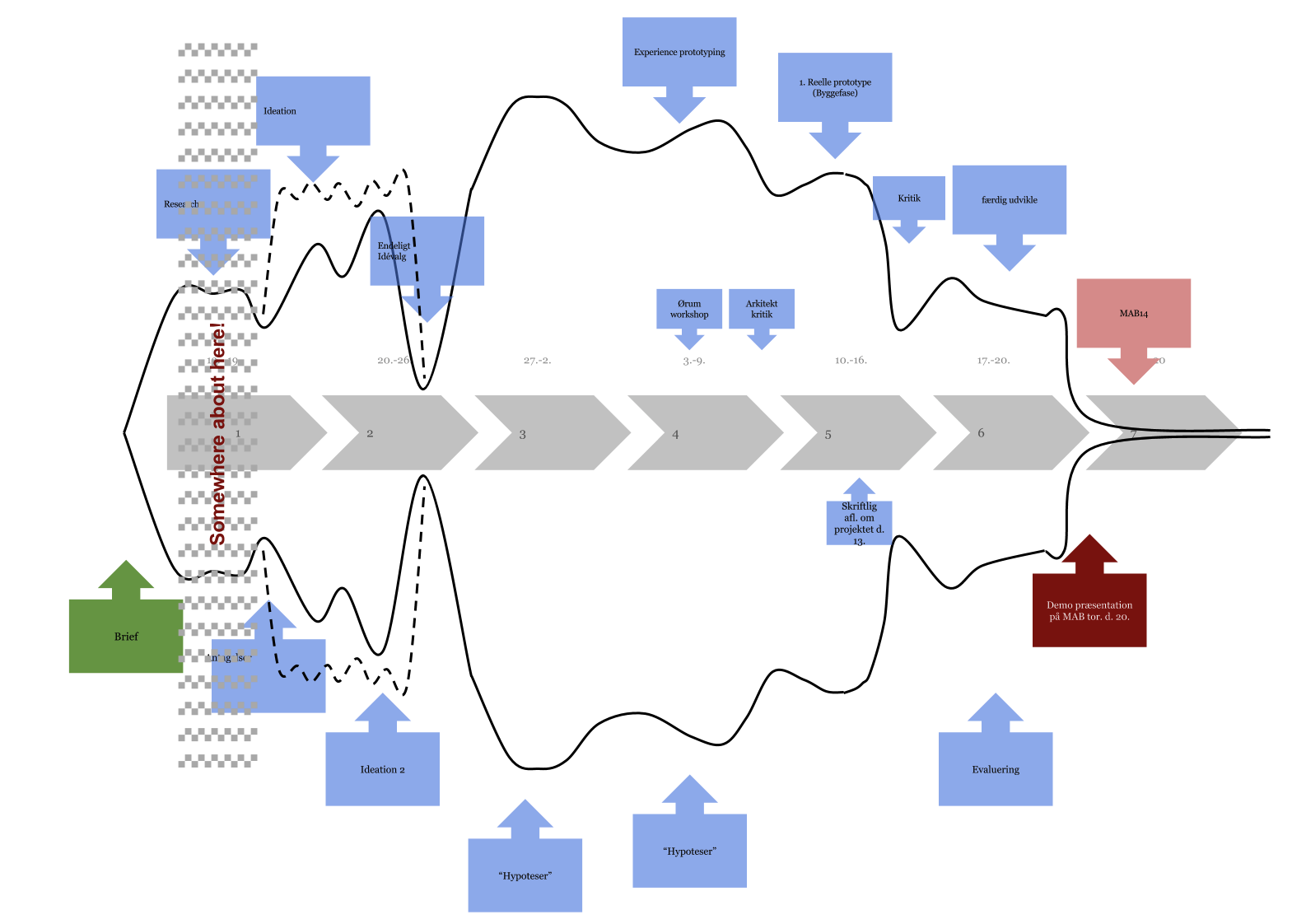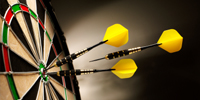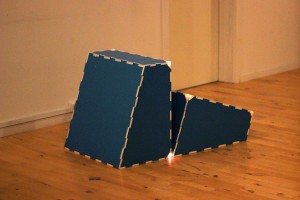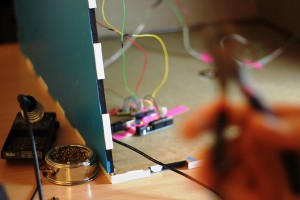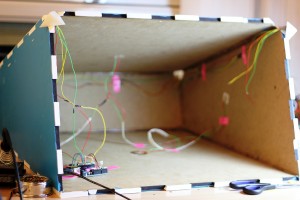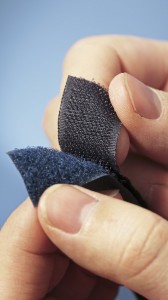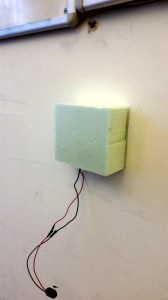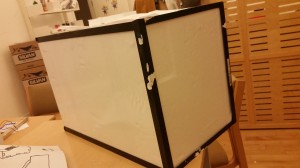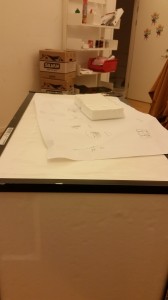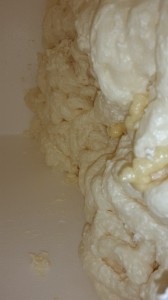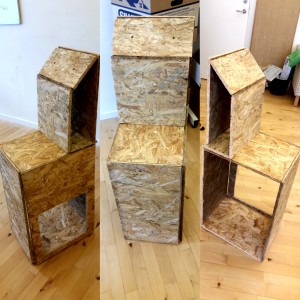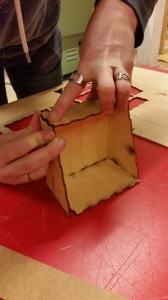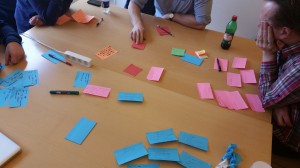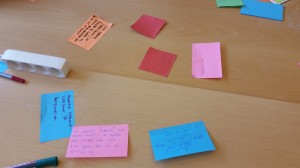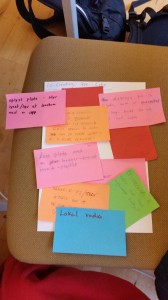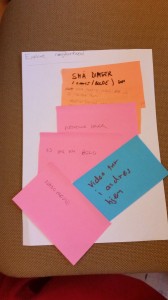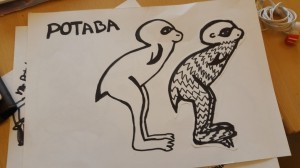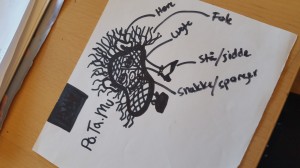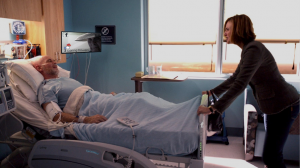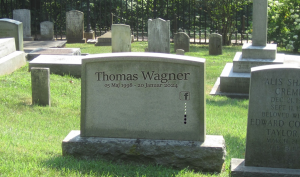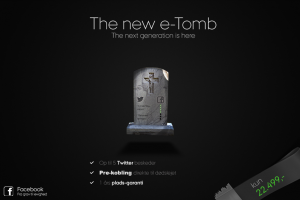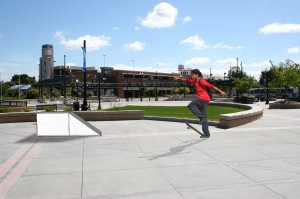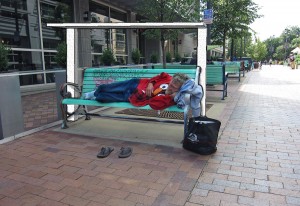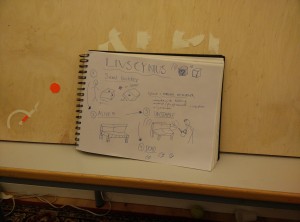In the context of the Urban Computing course we have been assigned the task of developing a media architecture project to be presented in November 2014 at the MAB14 in Aarhus. The project has been formulated in the broader context of the Aarhus Municipality’s “Digital Neighbourhood” initiative and has its theoretical foundations in the lectures we followed in the Fall 201.The design has to address some of the recommendations expressed in the report ChangingCommunity by the City 2025 ThinkTank (TænkeTank) (http://www.mbbl.dk/publikationer/faellesskaber-i-forandring-taenketanken-byen-2025).
In the following we are going to present the formal guidelines, requirements and general concepts the project has to revolve around.
Conceptual requirements, form and central ideas
The concept and documentation must be presented in the form of a video , available online at the opening , which is 1-2 minutes long, provides demo of rationale , instead , use, and technology. We also must maintain a blog related to the project that reflects the process and reflections that are part of it.
In addition to the above-mentioned we have to reflect upon different layers of the project. We need to be reflected in the process and production , not necessarily explicit but in a way so the stage is set for further analysis and discussion in the subsequent written work.
The production must be experienced as part of MAB14 , in whole or in part by Godsbanen , and be ready to experience by Thursday . November 20, 2014 at . 18th. It must include more than one interface, including ( 1 ) a focus on the physical / material design and interaction (eg, an object, a sculpture, a piece of furniture or a ( part of ) a building) and ( 2 ) a current mobile interface (eg a smartphone app or web interface ), as participants / experience may use using a wifi hotspot so that it can be used by people who do not have access to mobile internet ( eg foreigners). ( 1 ) and ( 2 ) should be regarded as the outcome of the work , respectively . wirelessness and physical computing. The two must be related. The project must also be based on one of the five boroughs but the final coupling is optional. And it must be based on one of the four recommendations , but may include more.
The production has to be perceived as part of the other MAB productions ( for an audience where not everyone understands Danish ), but also as an independent production / experience for the citizens of Aarhus , especially in the town, which is inspired by
Boiled down, we need to promote interaction within and between neighbourhoods by taking advantage of the unused potential of the urban space and using temporary experiments and architecture in order to explore the possibilities in urban space development
Upon receiving our design brief we started dissecting the different components that our brief consisted of. The result was the following list of 10 research topics:
- Recommendation 5
- Recommendation 6
- Recommendation 7
- Recommendation 8
- Neighborhood research of Harlev
- Neighborhood research of Tilst
- Neighborhood research of Aabyhøj
- Neighborhood research of Frederiksbjerg
- Neighborhood research of Øgaderne
- Technology based exemplars
Preliminary research and Inquiry
The recommendations included in our brief were adapted from the analysis ‘Byen 2025’ (~The City 2025), and mostly stem from social science and urban planning research. We investigated sources, and additional academic literature concerning especially Danish cities.
Furthermore we wanted to adapt two different approaches to the research and inquiry into the different neighborhood due to the fact that we were so very aware of the consequences a certain perspectives on an area. The solution we chose was a separation of the inquriry into what we in lack of better terms coined ‘The JJ method’ obviously referring to adapting a Jane Jacobs perspective and biking/walking around the neighborhood. The other was referred to as Desk research (although one might joke about calling it the Robert Moses method) and included looking on maps, statistical data, newspapers, articles etc.
Lastly we looked into what has previously been done within the technical constraints that our brief provided, asking the quite trivial question “what has been done within the urban environment with both wifi, digital objects and personal mobile touch devices? Why did they do it? And what did they learn?” thus leading to an even bigger catalogue of exemplar projects.
